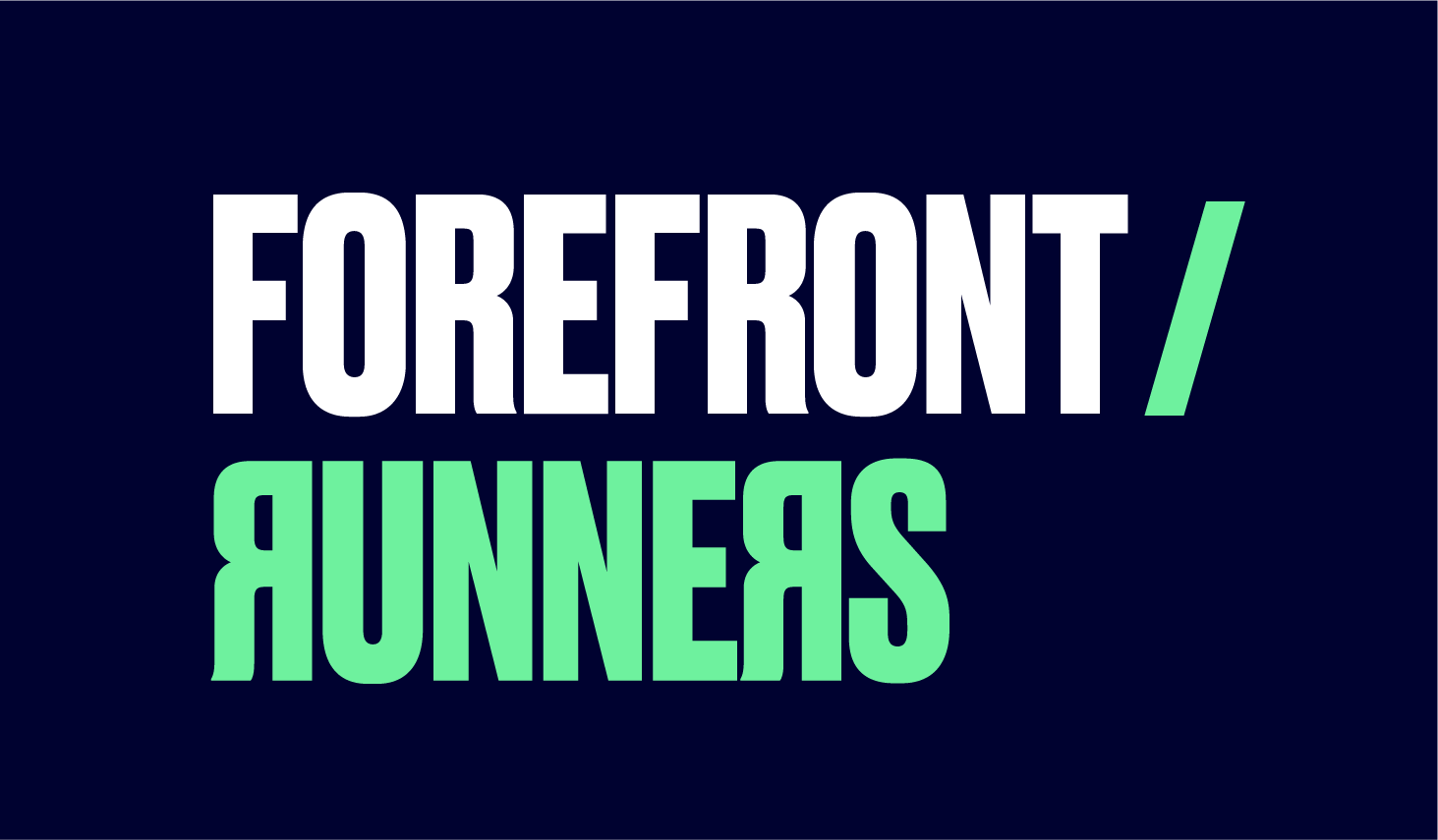Exclusive: How OnlyFans Is Helping Athletes Cash In Like Never Before.

Athletes are increasingly seeking ways to capture a larger share of the revenue generated by their online presence. This reflects an emerging trend where content creators, such as athletes, are no longer content with the traditional endorsement models offered by social media platforms. Instead, they’re looking for platforms where they can have greater control over how their content is monetized. Currently, there’s a tug-of-war between athletes, who produce the content, and the platforms that distribute it, over the division of commercial returns.
Popular social media platforms like Facebook, Instagram, and TikTok allow creators to earn through third-party deals such as brand partnerships and affiliate marketing. However, the revenue share between platforms and creators often favors the platforms, leading athletes to explore more lucrative models. YouTube operates on a pay-per-view basis, where creators are compensated based on the number of views their content generates. While effective, these platforms do not provide athletes with substantial control over monetization, often leaving creators feeling undervalued.
This is where OnlyFans differentiates itself. The platform allows athletes to offer exclusive content directly to their fans through a subscription-based model. Creators retain 80% of their subscription revenue, making it an attractive alternative to mainstream social media models. Athletes like Douglas Costa, who has millions of followers on Instagram and TikTok, are capitalizing on this model by offering exclusive non-X-rated content on OnlyFans. Costa, who has played for some of the world’s top soccer clubs like Bayern Munich and Juventus, recently joined the platform to capture a more significant piece of the revenue pie.
Other high-profile athletes are also turning to OnlyFans. Last year, tennis star Nick Kyrgios was among the first professional male athletes to join the platform. Olympic diver Matthew Mitcham and Australian basketball star Liz Cambage have also set up OnlyFans accounts. For these athletes, the platform’s generous revenue-sharing model allows them to directly monetize their fanbase in ways that traditional platforms simply can’t match.
OnlyFans has seen enormous growth since its launch in 2016, with more than 220 million registered users and over 3 million content creators. The platform has paid out over $15 billion to creators as of May 2023, demonstrating the earning potential it offers. However, despite its financial upside, the platform’s association with adult content presents reputational risks for athletes. The platform is still widely known for its X-rated content, and this association could lead to brand damage for athletes who join, particularly those with family-friendly or corporate partnerships.
Critics of OnlyFans argue that it normalizes explicit content, and some fear that athletes facing financial difficulties might feel pressured to join. These concerns highlight the potential downsides of associating with a platform that has yet to fully shake its adult content reputation.
However, OnlyFans appears to be pivoting toward mainstream use, particularly in the sports industry. With more athletes joining the platform, the company seems intent on evolving beyond its adult content roots. Social proofing, where more people are likely to join as they see others doing the same, could play a significant role in this strategy. As more high-profile athletes adopt the platform, it could encourage further participation, making OnlyFans a legitimate option for athletes to monetize their content while maintaining control.
Despite its strong footing in the market, OnlyFans faces competition from other emerging platforms designed to connect athletes directly with their fanbases. For instance, soccer legend Cristiano Ronaldo recently launched a YouTube channel called “UR”, offering fans exclusive content and a behind-the-scenes look at his life. Kyle Kuzma, an NBA star, created a newsletter called “Kuz Kontrol” on the platform beehiiv, allowing him to connect with his fanbase through personalized content. Additionally, NFL player Austin Ekeler launched an app called “Eksperience”, which enables athletes to engage with fans directly.
These examples illustrate the broader trend of athletes taking control of their digital presence and monetization efforts. As platforms evolve and new ones emerge, athletes are increasingly looking for ways to capitalize on their fame and connect with fans without relying solely on the traditional endorsement and sponsorship models that dominate social media.
Ultimately, OnlyFans is just one of many tools athletes are using to carve out new revenue streams. Whether the platform can shed its adult content image and become a mainstream option for athletes remains to be seen, but its current success in attracting top talent suggests it has the potential to redefine how athletes monetize their online presence. The combination of better revenue sharing, direct fan engagement, and growing social proof could drive more athletes to explore this model, further blurring the lines between professional sports and digital content creation.
